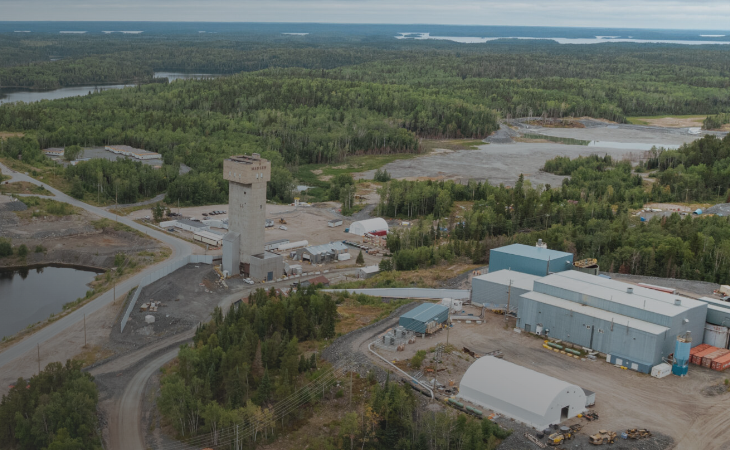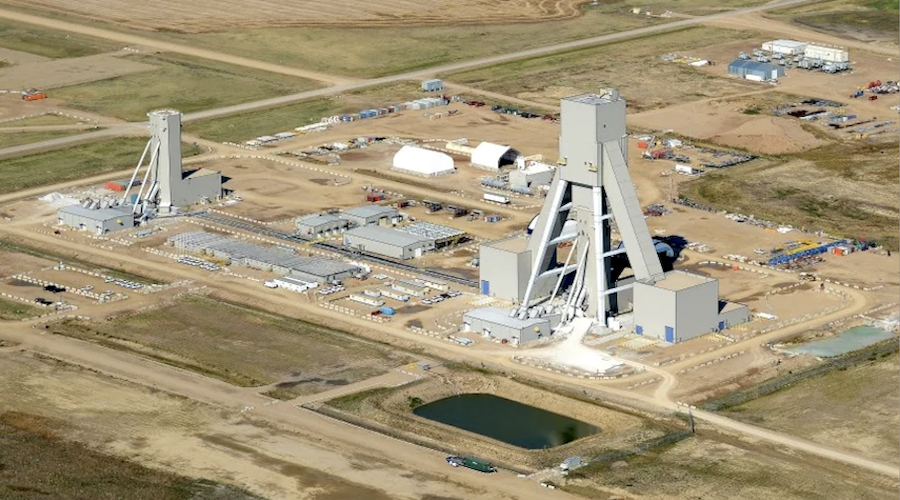BRITISH COLUMBIA -
Geoscience BC has published a report on the testing of a portable device designed to identify anomalous soil gas concentrations that could indicate geological faults and mineralization buried below glacial deposits in the province's north-central and south-central regions.
According to the report, the device consists of inexpensive carbon dioxide and oxygen gas detectors, a 1.5-metre-long sampling probe, a battery-operated pump, and a computer. The hollow sampling probe is driven 30 cm to 40 cm into the ground and the gas is pumped from the soil to the detectors for measurement.
“This project has tested a small, field-portable, battery-powered system that delivers results in around 20 minutes on the spot,” Dave Sacco, the project lead, said in a media statement.
In the summer of 2019, Sacco, together with a B.C.-based geoscience research team, tested the new technique at Mouse Mountain near Quesnel, and Shiko Lake near Horsefly, where faults and copper-gold showings are known to occur.
They completed five transects across the inferred structures and compared soil gas and soil samples at each site. The changes in the concentrations of carbon dioxide and oxygen detected in the soil at the test sites were spatially coincident with inferred structures or mineralization beneath glacial deposits.
This story originally appeared on www.Mining.com.





Comments